Eleven young researchers receive the AO Spine 2022 Discovery and Innovation Award
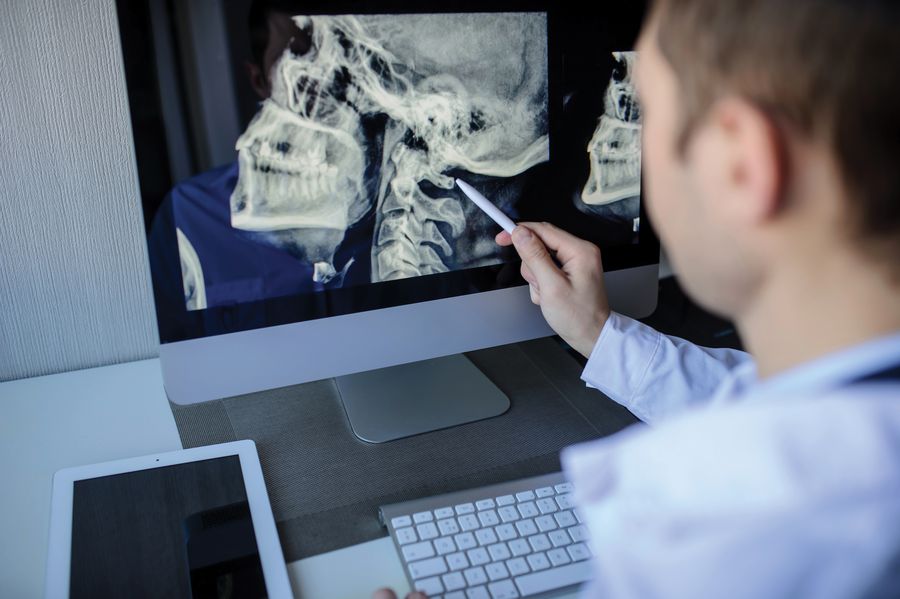
The AO Spine Research Commission is delighted to announce the winners of the AO Spine 2022 Discovery and Innovation Award. The awards are up to CHF 45'000 for a duration of one year. The eleven winners are invited to become Associate Members of the AO Spine Knowledge Forum which relates to their research proposal for the term of the project, with a possible extension. Their first in-person meeting and award ceremony will take place during the Global Spine Congress from June 1–4, 2022, in Las Vegas, NV, USA.
The winners were selected in a blinded review process from a total of 53 applications received from 20 countries across all AO Spine regions. The biggest number of applications (49%) was received from Europe and Southern Africa. The top 5 research fields were lumbar degeneration, metastatic spinal tumors, adult spinal deformity, traumatic spinal cord injury, and osteoporotic fractures. 64% of applications were for clinical and 36% translational studies.
Applications by region
-
Europe and Southern Africa
49%
-
North America
26%
-
Asia Pacific
15%
-
Latin America
6%
-
Middle East and Northern Africa
4%
Applications by study type
-
Clinical studies involving human subjects
64%
-
Translational studies
36%
Applications by pathology
-
Degenerative
25%
-
Trauma
23%
-
Tumor
21%
-
Spinal Cord Injury
19%
-
Deformity
13%
Congratulations to (in alphabetical order, with the title of their winning study proposal):
Aminul Ahmed "Validating neuro-navigated TMS stimulation in SCI patients: a feasibility study towards a gene therapy for SCI" King’s College, London, UK
Federico Landriel "Measuring the utility of artificial intelligence assistance for the measurement of full alignment - parameters in whole spine radiographs", Hospital Italiano de Buenos Aires, Argentina
Andrew H. Milby "Simultaneous functional MRI assessment of cervical spinal cord and brain activity in degenerative cervical myelopathy" Emory University, USA
G.S. Prajwal "Can Pre-Operative MRIs in Traction & Weight-Bearing Predict the Success Of Indirect Decompression In Degenerative Lumbar Spondylolisthesis?" Mallika Spine Centre, Guntur, India
Matthias Pumberger "Validation of the Spinal Instability Spondylodiscitis Score (SISS)" Charité – Universitätsmedizin, Berlin, Germany
Paul Jonathan Roch "Assessment of odontoid screw osteosyntheses using a new motor-driven, camera-monitored apparatus", University of Göttingen, Germany
Joost Rutges "Prospectively Validating Ten Survival Models and Predicting Quality of Life in Metastatic Spinal Disease" Erasmus Medical Center, the Netherlands
Julian Scherer "Comparing gene expression profiles of adults with isolated spinal TB to disseminated spinal TB identified by 18FDG-PET/CT at time of diagnosis, 6- and 12-months follow-up: classifying clinical stages of tuberculosis and monitoring treatment response" Groote Schuur Hospital, University of Cape Town, South Africa
Ganesh Swamy "Can differences in mechanics of degenerative spondylolisthesis and degenerative scoliosis IVDs be explained by altered matrix degradation?" University of Calgary, Canada
Javad Tavakoli "Intervertebral disc-on-a-chip: a precision-engineered platform for low back pain studies" University of Technology, Sydney, Australia
Stephen Yip "Can personalized blood biomarkers detect residual disease in surgically treated chordoma?" University of British Columbia, Canada

“This project is to validate a novel assessment tool for use in SCI, using a combination of transcranial magnetic stimulation and MRI tractography. We will compare this against the EM-SCI functional assessment tools in chronic SCI patients. This is part of a wider project to use Chondroitinase Gene Therapy as a treatment for SCI.”
Aminul Ahmed
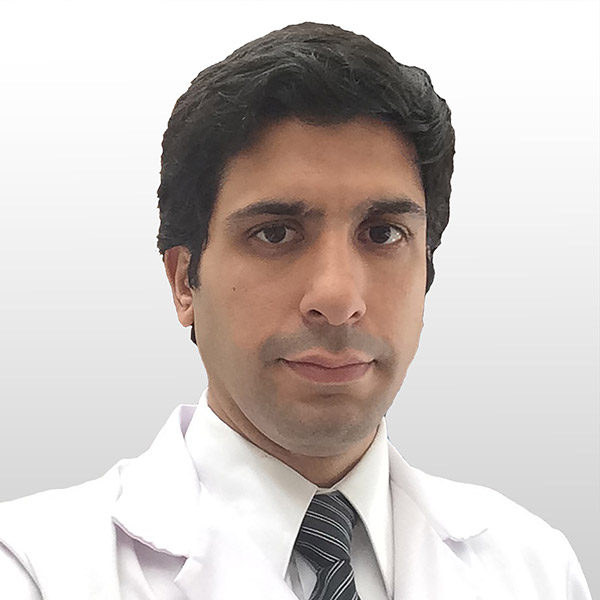
“Developing an automated tool that can automatically calculate the spinal alignment parameters from whole-spine radiographs would avoid evaluator-dependent errors, provide a consistent measurement that can be integrated into digital radiological reports and improve the efficient use of hospital resources by reducing time-consuming tasks.”
Federico Landriel
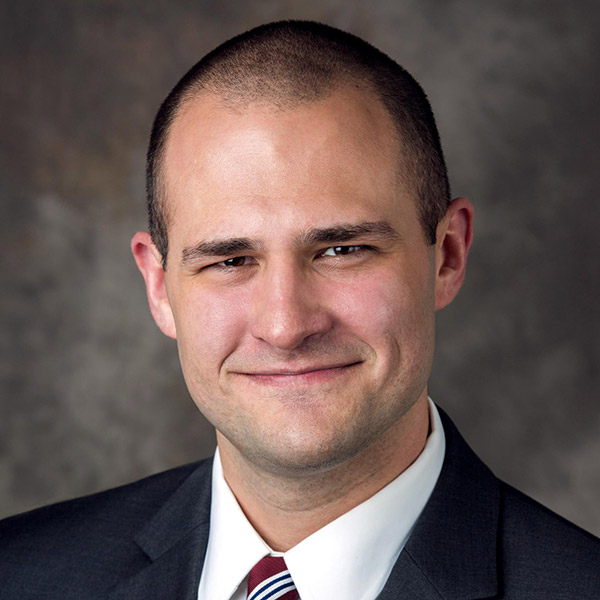
“The clinical course of cervical myelopathy is difficult to predict, and there is a need for more data to inform when to observe or intervene. Patterns of disrupted metabolic activity in the cervical spinal cord and brain as detected using functional MRI during active motor tasks may serve as biomarkers for the prediction of progressive symptoms or response to surgical intervention.”
Andrew H. Milby
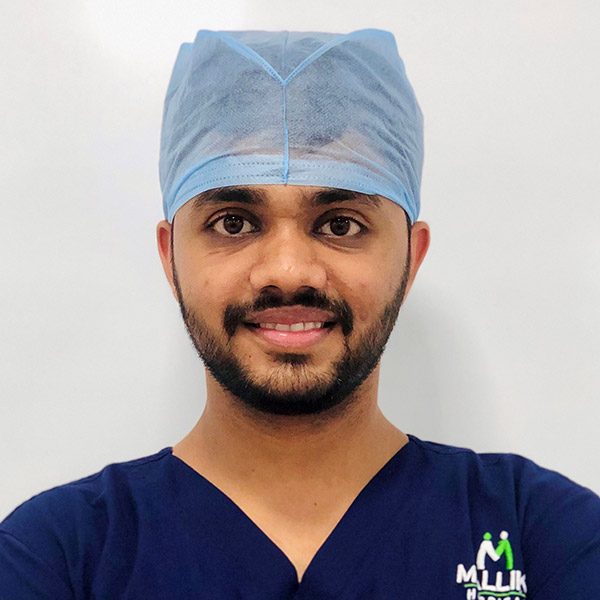
“Indirect decompression for degenerative lumbar spondylolisthesis is shown to have promising results. But, selecting ideal candidates has been a problem. We wish to investigate the possibility of predicting success with pre-op clinical and MRI data obtained in supine, standing and on traction (mimicking indirect decompression) correlated with post-operative outcome after indirect decompression in the same patient population. We hypothesise that the results of this study will provide some useful insights in selecting ideal candidates for Indirect decompression.”
G.S. Prajwal
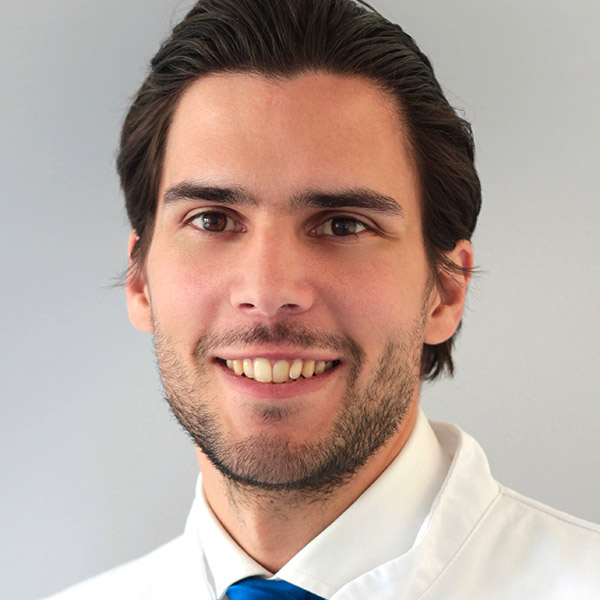
“In the study the previously developed Spinal Instability Spondylodiscitis Score (SISS), which assesses biomechanical stability in CT scans, will be reevaluated by the AO KF members and eventually modified. The goal is to incorporate the modified SISS in a comprehensive scoring system for evaluation and treatment recommendations for patients with spontaneous spondylodiscitis.”
Matthias Pumberger

“Our study aims to identify the distributional pattern and clinical stages of spinal tuberculosis (Pott`s disease) based on whole-body 18FDG-PET/CT findings at time of diagnosis, 6- and 12-months follow-up as well as to describe specific gene expression profiles (mRNA) of isolated and disseminated tuberculous spondylodiscitis. If successful, the findings of this study will help to better understand the clinical phenotype of spinal TB and could alter the diagnostic pathway as well as monitoring treatment response.”
Julian Scherer
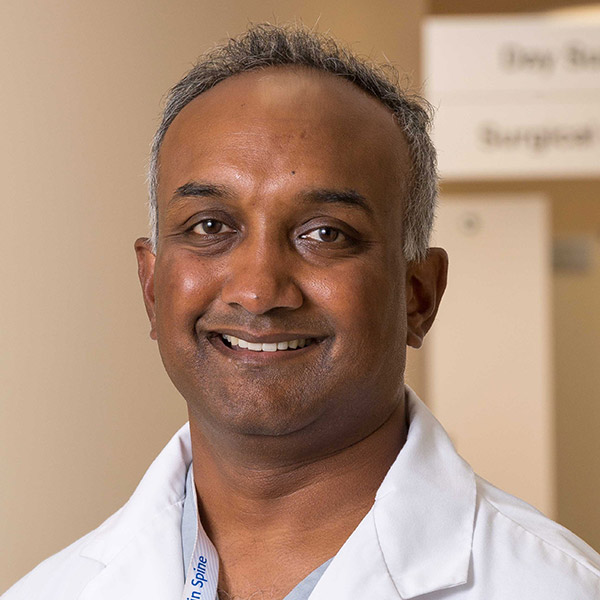
“We have data suggesting that annulus fibrosus is less stiff in patients with degenerative scoliosis, as compared to non-deformity patients. In our proposal, we seek to query the matrix using proteomics (in particular examining the degradome) and advanced imaging techniques. If successful, we would be closer to understanding the aetiology of degenerative scoliosis.”
Ganesh Swamy
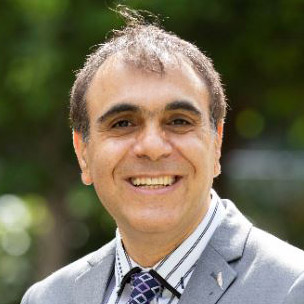
“Disc regeneration studies often use models that are clinically irrelevant and fail to resemble the microenvironment of degenerated discs. The current study aims to use a novel disc-on-a-chip model to simulate the degenerated disc microenvironment and identify the optimum cell population required for practical disc regeneration.”
Javad Tavakoli
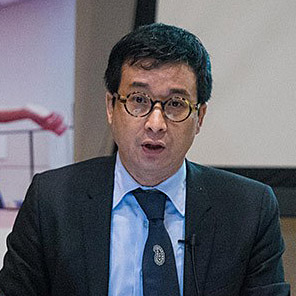
“This multicentre collaborative study leverages advanced sequencing technology to identify personalized biomarkers for the non-invasive detection of residual disease in surgically- treated chordoma patients. This has the potential to inform on personalized management options for this challenging disease.”
Stephen Yip

